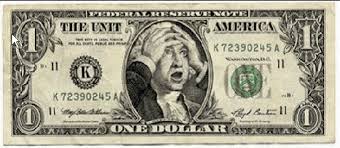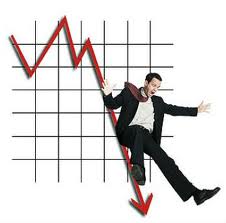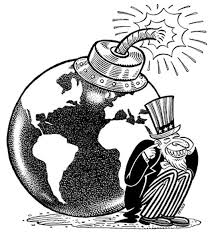Nowadays one of the most pressing matters is the debt crisis. The relevance of this post is what led me to choose it. The aim of this post is to provide an insight to the global economic crisis. In order to do this the following aspects serve to know how our economic system sank.
The starting point is the called tendency towards indebtedness. A booming period preceded the current economic crisis. The growth that the economy experienced was mainly due to the extreme credit facilities that were given, not only to companies, but also to families and individuals. Interest rates were lower than ever before, banks gave their money away easier than ever before, and doing business in a profitable way was, again, easier than ever before.
But eventually, the situation that was thought that could only become better, started crumbling in 2006, and so did the false sense of security that ruled the economy in prior years. Banks suddenly stopped giving money, companies stopped growing and started not to pay their suppliers, the stock exchange market plummeted and society in general lost liquidity. This is how the debt crisis begun.
Secondly, what happened was the Industrial fabric crisis. As stated in the paragraph above, the banks sopped giving loans and credits to companies and individuals. The problem with this, was that companies were so dependent on those credits for both, their growth and paying their debts, that the lack of credit lines meant the destruction of a considerable part of the industrial fabric of the world economy. The price of money was cheap and there were no signs that the economic boom was going to stop (at least not for the common people).
That was the reason why companies incurred in so much debt, sometimes even doubling the value their total assets. Bad luck or bad management? That is another question for another debate. This leveraging meant that when the crisis begun, they found themselves with a huge debt and no clients. Next the increase of arrearage came, and the economy, form a micro scope, suddenly stopped.
Thirdly, the banking issue hit the financial regulation. It had been progressively liberalized by the governments, who had yielded to banking lobbyists’ demands and most probably seek a thick part of the profit stake. This resulted in what the banking industry had always wanted to do: free leveraging, combinations of financial products that no one knew what they really were, and the legalization of the extremely lucrative “game” of the derivatives and the hedge funds.
To conclude, the banks played with great advantaged and managed their clients’ money focusing on their own benefit, this meaning that they would even bet against their clients’ interests after having encouraged them to take part in “shitty deals” as Goldman Sachs’ executive Daniel Sparks said.
REFERENCES:
MAYER, C.J. & Pence, K.M., 2008. Subprime Mortgages: What, Where, and to Whom? Social Science Research Network. Retrieved 20/12/2013 from: http://ssrn.com/paper=1149330.
ORDOÑEZ, I., 2006. Envidiable crecimiento económico español ¿Un espejismo? Retrieved 20/12/2013 from: http://www.forumlibertas.com/frontend/forumlibertas/noticia.php?id_noticia=6870
Governor Edward M. Gramlich, 2004. Subprime Mortgage Lending: Benefits, Costs, an Challenges. Retrieved 20/12/2013 from: http://www.federalreserve.gov/boarddocs/Speeches/2004/20040521/default.htm.
Secretary Sahwn Donovan, 2012. Subprime Lending. Retrieved 20/12/2013 from:




